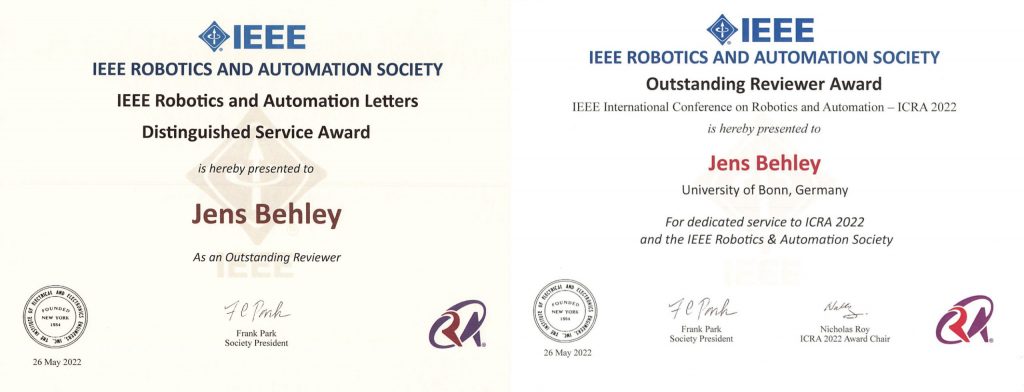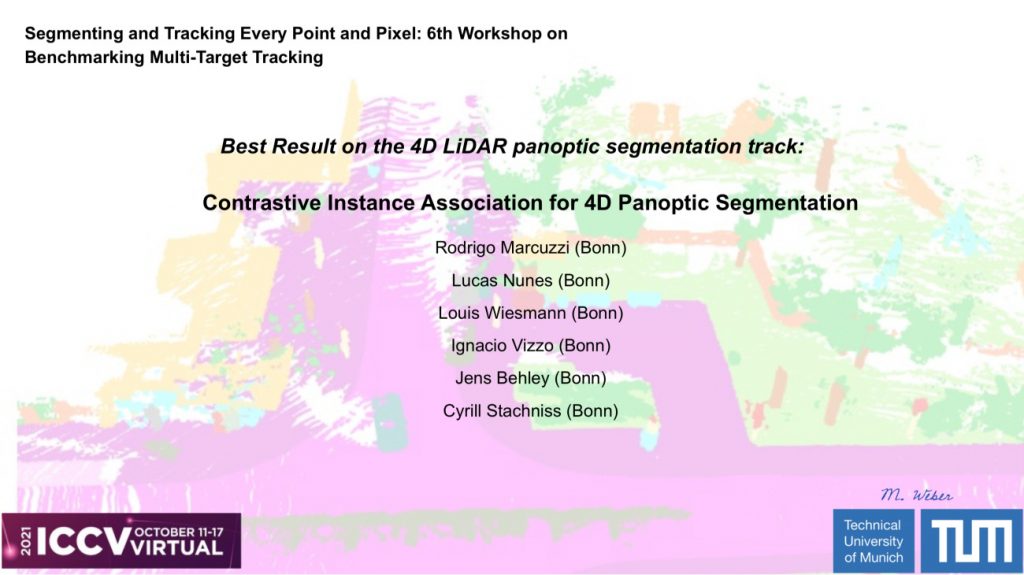Cluster of Excellence of the University of Bonn in cooperation with Forschungszentrum Jülich receives continued support
Bonn, May 22, 2025 – Great news for the Cluster of Excellence PhenoRob – Robotics and Phenotyping for Sustainable Crop Production at the University of Bonn and the Forschungszentrum Jülich: The Excellence Commission of the German Research Foundation (DFG) has selected the project for a second funding phase. With this decision, PhenoRob enters its next phase, will receive funding until 2032, and will further strengthens its role as an internationally visible center for cutting-edge research in sustainable crop production driven by advanced technologies.
The announcement of the funding decisions was broadcast via livestream from the DFG headquarters in Bonn. Representatives of all eight cluster initiatives at the University of Bonn, invited by Rector Prof. Dr. Dr. h.c. Michael Hoch, gathered to watch the livestream together. Tension quickly gave way to excitement when the approval of PhenoRob was officially confirmed – a significant moment for everyone involved and a great success for the University and North Rhine-Westphalia. In addition to PhenoRob, 7 further clusters at the University of Bonn will receive funding. With 8 cluster, the University of Bonn is the most successful University in the competition.
“The renewed funding is a tremendous recognition of the excellent work our researchers have accomplished in recent years,” says Prof. Dr. Heiner Kuhlmann, one of PhenoRob’s spokespersons. Prof. Dr. Cyrill Stachniss, spokesperson of the cluster, adds: “The second phase of PhenoRob enables us to pursue our vision of transforming crop production sustainably, together with a strong and interdisciplinary team – and to develop concrete solutions for the future of agriculture.”
PhenoRob stands for the sustainable and technology-driven transformation of agriculture. The transformation of agriculture is of utmost relevance worldwide and of critical importance for Germany as well. In its second funding phase, PhenoRob will further expand its technology-driven approach and strategically set new priorities. The focus lies on developing sustainable cropping systems that equally address ecological, economic, and societal demands. The cluster concentrates on four core research areas: the advancement of robotics and AI-driven methods for precise and resource-efficient crop production; comprehensive sensor-based field phenotyping to capture plant responses to environmental conditions; the design and evaluation of new cropping systems with regard to their impacts on biodiversity, ecosystem services, and soil functions; as well as the integration of social, economic, and political perspectives in implementing sustainable production methods. Through close interdisciplinary collaboration, a holistic understanding of future-proof agricultural systems will be developed and practical solutions for sustainable agriculture created.
Embedded within the Faculty of Agriculture, Nutrition, and Engineering Sciences at the University of Bonn, the Cluster of Excellence PhenoRob represents the forefront of Agriculture 4.0. Since the first funding period, it has been internationally recognized as a center of excellence for sustainable agriculture research employing state-of-the-art technology and has generated significant impulses for future-oriented farming — also through the successful establishment of start-ups.
 On the night of February 24, 2025, at the age of 60, Prof. Dr. Nik Petrinić died.
On the night of February 24, 2025, at the age of 60, Prof. Dr. Nik Petrinić died.

